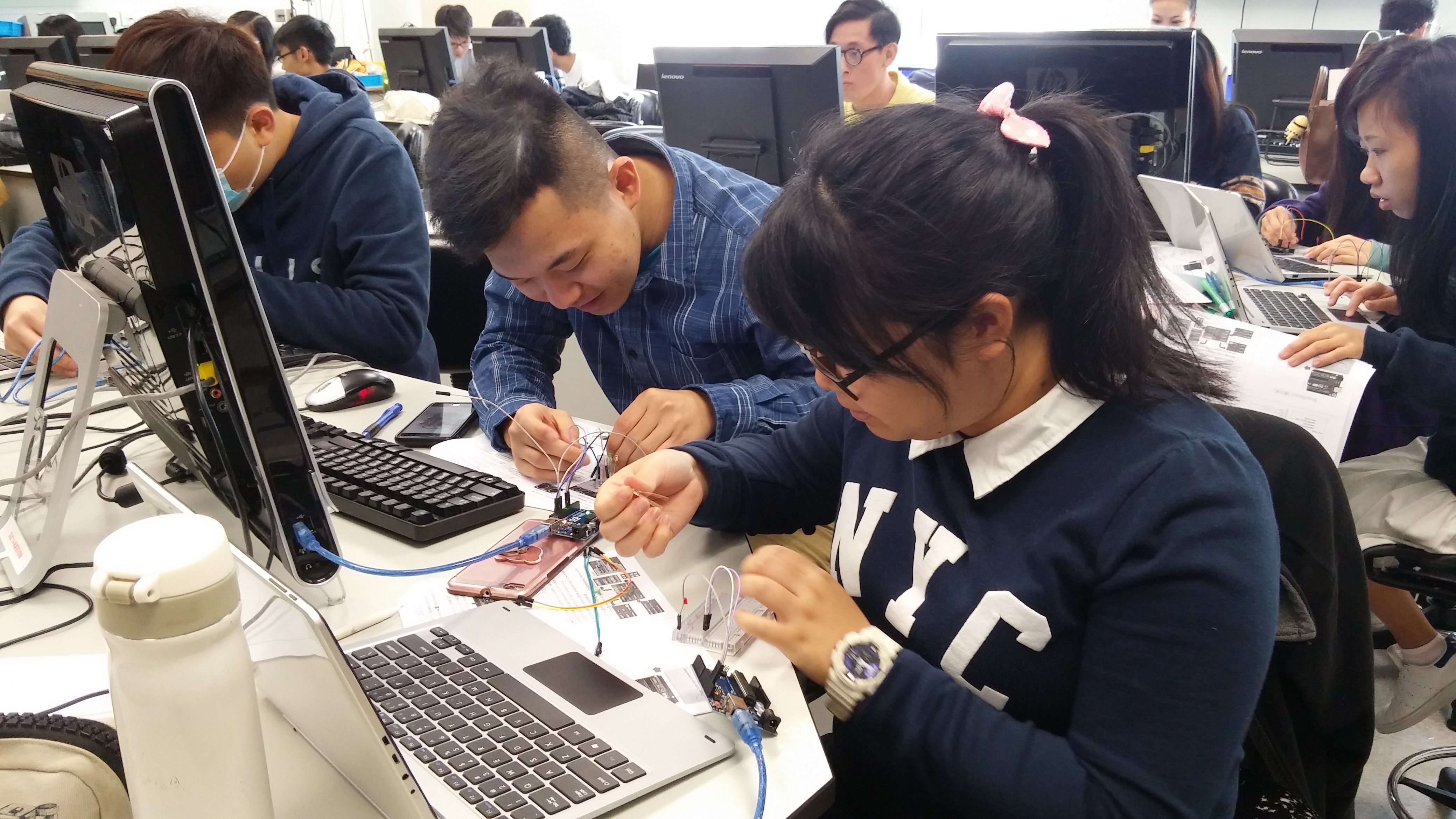
Introduction:
Alright, teachers, let’s talk about a key ingredient in the recipe for student success—guided reading. This approach is not just about reading; it’s about engaging young minds, fostering comprehension, and nurturing a love for books. In this article, we’ll dive into some top tips for teachers to make guided reading sessions not just effective, but downright exciting for your students.
Create a Welcoming Reading Environment:
The first step in successful guided reading is setting the stage. Create a cozy reading corner in your classroom with comfortable seating, plenty of books at various levels, and maybe even some soft lighting. A welcoming environment sets the tone for a positive reading experience.
Know Your Students’ Reading Levels:
Understanding your students’ reading levels is crucial for effective guided reading. Use assessments, observations, and even conversations with students to gauge where they are. Group students accordingly, ensuring each group has materials suited to their reading abilities.
Select Engaging and Diverse Reading Materials:
The magic of guided reading happens when students are excited about the books in front of them. Curate a diverse selection of reading materials that cater to various interests and reading levels. From picture books to chapter books, graphic novels to non-fiction—variety is key.
Pre-Reading Activities to Build Anticipation:
Before diving into the text, build anticipation with pre-reading activities. Preview the book cover, discuss the title and illustrations, or make predictions based on clues. Engage students’ curiosity and get them eager to discover what’s inside the pages.
Utilize Differentiated Instruction Strategies:
Every student is unique, so it’s essential to use differentiated instruction during guided reading sessions. Offer a variety of activities that cater to different learning styles—visual, auditory, kinesthetic, etc. This ensures that all students are actively engaged and learning.
Encourage Active Participation and Discussions:
Guided reading isn’t a passive activity—it’s all about active participation. Encourage students to ask questions, make connections to their own lives, and share their thoughts on the text. Discussions during and after reading deepen comprehension and critical thinking skills.
Model Fluent Reading and Reading Strategies:
As the teacher, you’re the ultimate role model for reading. During guided reading sessions, model fluent reading, expression, and the use of reading strategies. Show students how to decode unfamiliar words, make inferences, and visualize scenes.
Provide Immediate and Constructive Feedback:
Feedback is a powerful tool for growth. During guided reading, provide immediate feedback that is specific, constructive, and encouraging. Focus on praising efforts, pointing out successes, and gently guiding students toward improvement.
Incorporate Fun and Interactive Activities:
Learning should be fun, even during guided reading! Incorporate interactive activities like reading games, role-playing scenes from the book, or creating storyboards. These activities not only reinforce reading skills but also make the sessions memorable and enjoyable.
Celebrate Progress and Reading Achievements:
Finally, celebrate the victories, big and small. Recognize students’ progress, whether it’s mastering a new reading skill, finishing a challenging book, or participating in discussions. Create a reading culture in your classroom where every achievement is celebrated.
Conclusion:
And there you have it, teachers—some top tips for engaging young minds during guided reading sessions. Remember, guided reading is not just about decoding words; it’s about fostering a lifelong love for reading, building comprehension skills, and nurturing confident readers. So, go ahead, try out these tips, and watch as your students embark on literary adventures with enthusiasm and joy! Read more about guided reading tips for teachers







